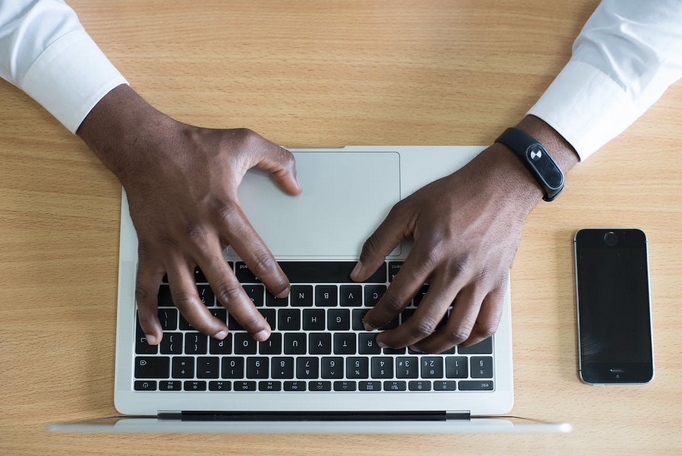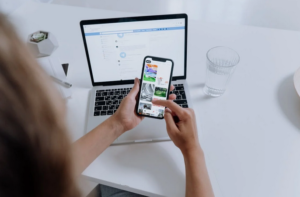Images are an important part of any website. They help break up the text and make the website more visually appealing. Not only do they make your site look good, but they also help to improve your SEO. However, according to OTSnews, if they are not optimized correctly, they could actually hurt your website’s ranking in search engines. As a matter of fact, image optimization is often neglected, resulting in a lower rank. That’s why today we’ll outline some tips for optimizing your images so that you can bring in more organic traffic. Let’s get started, shall we?
Resize Your Image Correctly
The first step in image optimization is to make sure that your image is the right size. If it’s too large, it will take longer to load, which can hurt your website’s ranking. On the other hand, if it’s too small, it may not be able to be seen clearly. Therefore, you’ll want to find a balance. A good rule of thumb is to keep your image under 50kb. You can use an online tool like Kraken.io to help you compress your image without losing quality.
Name the Files With Relevant Keywords
Another important tip is to name your files with relevant keywords. This will help search engines index your images so they can be found more easily. For example, if you have an image of a dog, you might want to name it “dog.jpg” rather than “IMG12345.jpg.” Not only will this help your image be found more easily, but it will also help to improve your website’s SEO.

Pay Attention to the Copyright
When using images on your website, make sure you have the right to use them. If you don’t, you could be violating copyright law. There are a few ways to find images that you can use legally. One is to buy stock photos from a site like Shutterstock. Another is to find free stock photos from sites like Unsplash. Finally, you can create your own images, which although it seems like a good idea, will take more time than the other two methods.
Smoothen the Integration to Social Media Platforms
 Last but not least, make sure that your images are easy to share on social media. If they’re not, you could be missing out on a lot of traffic. To ensure that your images are easy to share, you’ll want to add social sharing buttons to your website. You can also use a tool like Canva to create optimized images for social media.
Last but not least, make sure that your images are easy to share on social media. If they’re not, you could be missing out on a lot of traffic. To ensure that your images are easy to share, you’ll want to add social sharing buttons to your website. You can also use a tool like Canva to create optimized images for social media.
Optimizing your image the right way will help you improve your website’s SEO and increase organic traffic. By following the tips above, you’ll be well on your way to success. Just be sure to take your time and not be afraid to experiment. After all, there’s no one-size-fits-all solution when it comes to image optimization.
